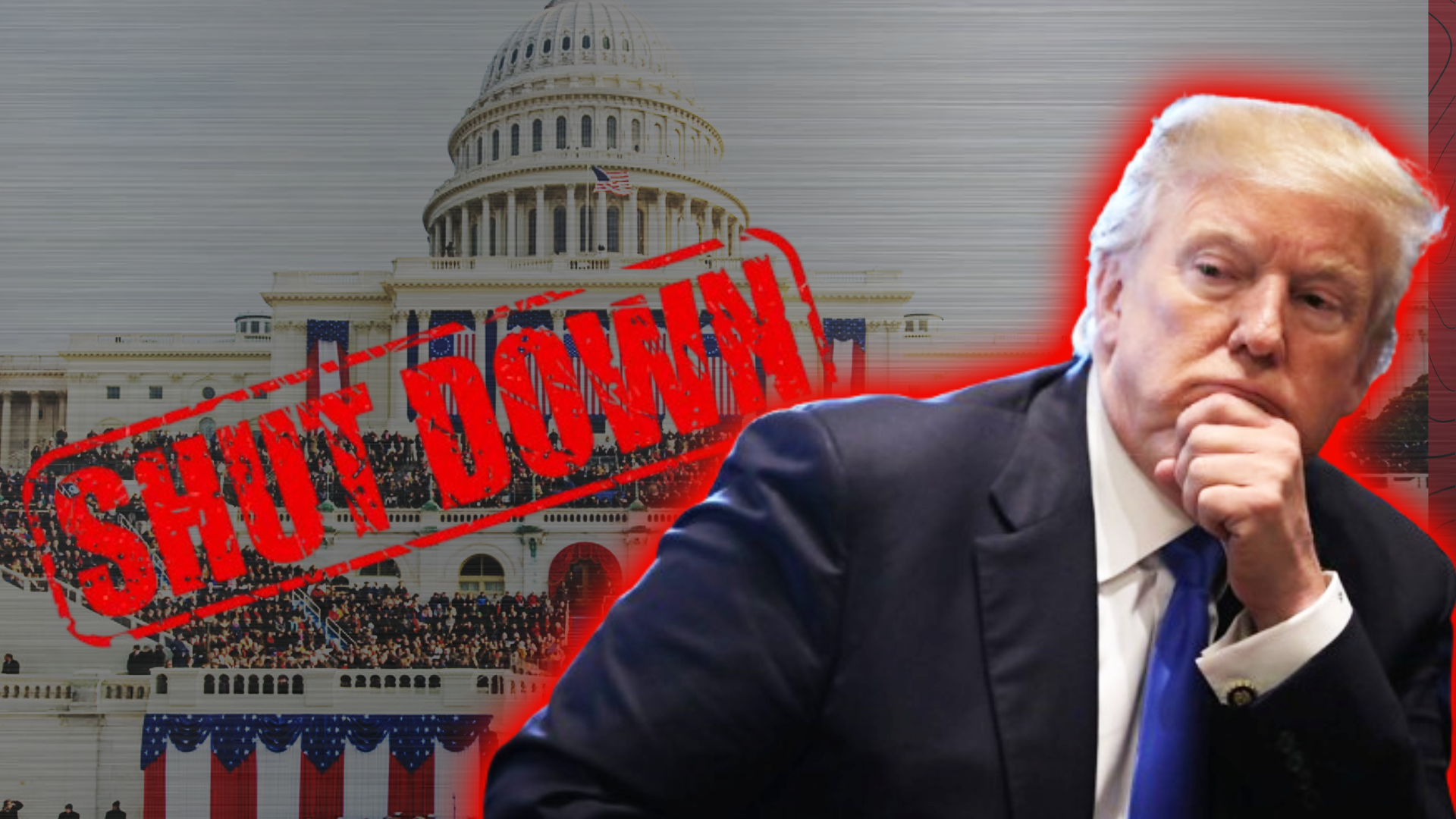
What happens now that Congress failed to strike a deal before funding expired at midnight?
– Who is affected –
Hundreds of thousands of federal workers could be furloughed, but those considered essential would keep working.
President Donald Trump’s administration has also raised the stakes this time: it has directed agencies to consider firing staff rather than the usual practice of holding up their pay until lawmakers strike a deal.
The need to avoid a shutdown has “reached a new level of urgency,” said the American Federation of Government Employees (AFGE).
AFGE President Everett Kelley urged lawmakers Monday to come to the table, stressing that “federal employees are not bargaining chips.”
Typically, many workers will be told not to report to work, except for those providing key services such as air traffic control and law enforcement.
Those workers, while staying on the job, are not paid until the shutdown is over — meaning a prolonged closure could strain their finances.
– Services hit –
Social Security and Medicare benefits will continue because these programs are authorized by Congress via laws that do not require annual approval.
The National Park Service (NPS) will likely be hit. The NPS turned away millions of visitors to hundreds of parks, monuments and other sites during a 2013 government shutdown.
However, the Trump administration kept parks accessible to the public during a 2018-2019 shutdown, even though many staff stayed home.
That resulted in damage to parks, said the National Parks Conservation Association. It called for closures if there were a shutdown, warning that NPS areas would otherwise be vulnerable and understaffed.
– Length of shutdown –
It is unclear how long a shutdown could last.
Economists have warned that pressure would mount to reopen the government if a stoppage lasted for two weeks — threatening missed paychecks because this is a typical US pay cycle.
There have been several shutdowns where operations were hit for more than one business day. The shutdown during Trump’s first administration lasted 35 days between December 2018 and January 2019.
That shutdown, the most recent, was also the longest in US history.
The damage of a shutdown is often “more insidious,” said Max Stier, president of the Partnership for Public Service.
“It interrupts the longer-term investments that are necessary to make our government run over time.”
– Economic impact –
“A shutdown could reduce GDP growth by 0.2 percentage points for each week it lasts,” said economists Kathy Bostjancic and Oren Klachkin of Nationwide.
Carl Weinberg from High Frequency Economics that, if there are layoffs this time, “the path back to a functioning government will be longer, and rockier.”
This risks prolonged dysfunction, analysts said.
A shutdown would also “cut the flow” of economic data supporting policy decisions and assessments on the economic outlook, Weinberg said.
A key concern is the closely watched government report on employment, due Friday. The Department of Labor was set to pause its publication if a shutdown occurred.
The department’s Bureau of Labor Statistics also collects and refines data over the course of a month, and a shutdown could impair such operations.
While financial markets are not usually hit hard in a shutdown, SPI Asset Management’s Stephen Innes said the situation could get “noisier” without signals from fresh economic data.
“Markets hate uncertainty more than bad news,” he warned.
burs-hol/pbt
© Agence France-Presse






